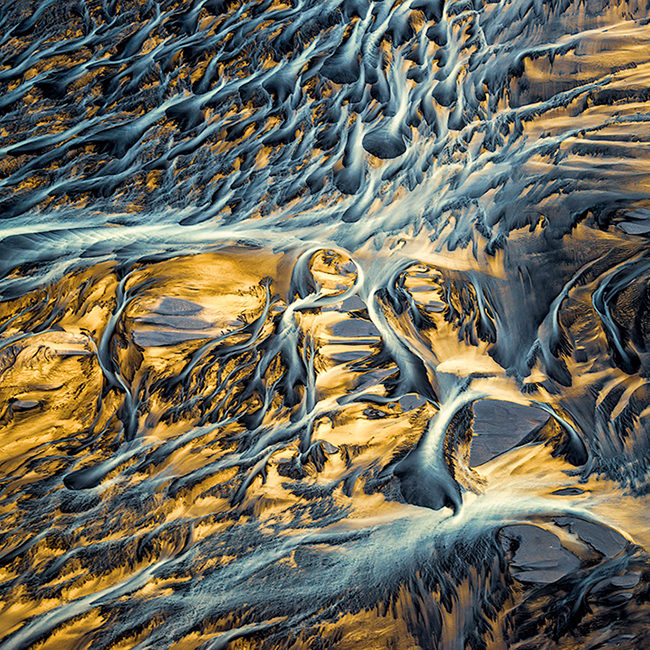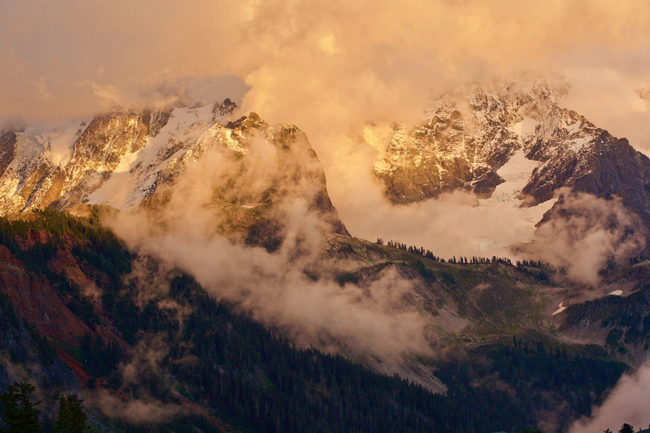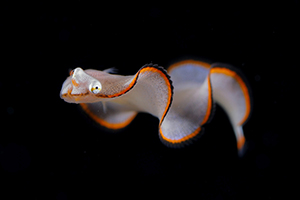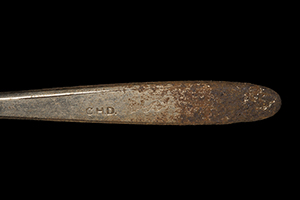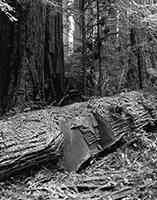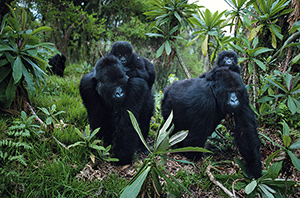Svalbard is a Norwegian archipelago in the Arctic Ocean, about midway between continental Norway and the North Pole. It is relatively rich in wildlife for a place so far north, and in recent years has increasingly become a tourist destination, a place to see disappearing Arctic foxes and polar bears. In 2011, a group of scientists, artists and writers embarked on a voyage there, traveling on the M/S Stockholm. Each recorded the trip from their own professional and personal perspective—the results are collected in Expedition Svalbard: Lost Views on the Shoreline of Economy, edited by Gunilla Knape, Tyrone Martinsson and Hans Hedberg and published recently by Steidl. The book is “an outcome of shifting voices from a wild place,” as the press release describes it. In it, Rebecca Solnit contributes an impressionistic description of the journey in “Cyclopedia of an Expedition Around Svalbard” and Sophie Calle offers a poem and an image. Chris Wainwright’s “Where Ice Comes to Die” was inspired by watching a movie of Mary Shelley’s Frankenstein, which begins with an explorer at the North Pole. And retracing photographs from an 1863 expedition, Tyrone Martinsson photographed locations where more than 100 years ago, glaciers spilled over mountains and filled bays. His photographs find the ice greatly shrunk, and the empty landscape now home to mining operations. “How will the concept of a frozen north, and subsequently our perception of the Arctic, change in the future of climate change?” he writes in an essay in the book. Without the glaciers and wildlife it is known for, “What will then be the characteristics of the Arctic?”
Related Stories:
